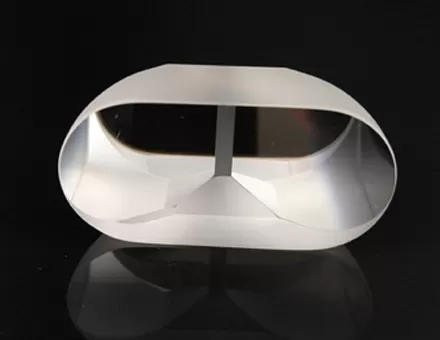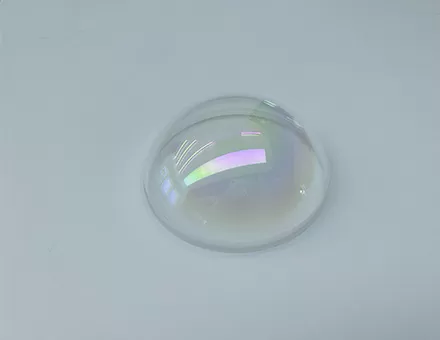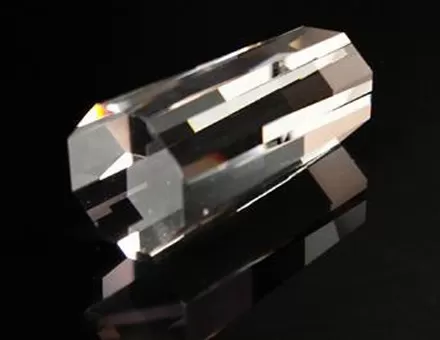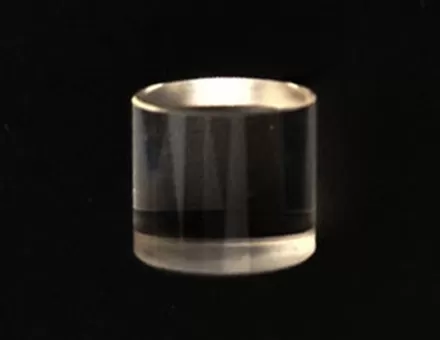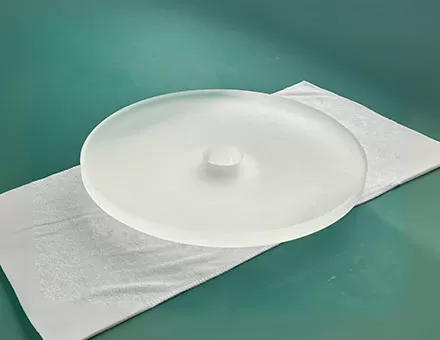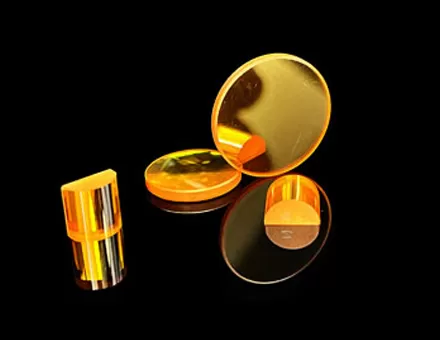The filter is an indispensable optical component in photography, which can change the spectral intensity distribution of the incident light or change its polarization state according to the requirements. In terms of optical propagation direction behavior, there are mainly reflection, transmission, scattering, polarization and density attenuation.
Transmission and reflection occur simultaneously on both surfaces of the filter. From an energy point of view, reflectivity, transmittance and absorptivity are often used to represent the distribution of energy, and they have different distributions according to different needs. The radiation absorbed by the filter is usually released in the filter in the form of thermal, fluorescent or photochemical reactions.
The stained glass filter is thinner than the glass film because it is made of stained glass. It also has a strong ability to transmit and absorb color. It is not easily affected by moisture and does not fade easily. But its color grade is not as good as color film. The stained glass filter is thinner than the glass film because it is made of stained glass. It also has a strong ability to transmit and absorb color. It is not easily affected by moisture and does not fade easily. But its color grade is not as good as color film.
Black and white photography filters can be divided by color:
1. Yellow filter, through yellow, orange, red, green and other colors, absorbs blue, purple two colors. The channel of the spectrum is about 500 nm, and the yellow part of 600 nm passes above 500 nm. The yellow filter can be divided into deep yellow, medium yellow and light yellow according to the color depth.
2. Orange filter, can absorb blue, purple and a small amount of green light, through yellow, orange, red and other colors. The spectral transmission range is 560-700nm.
3. Red orange filter, can absorb blue, purple and quite a lot of green through yellow, orange, red and other colors. The spectral transmission position is 590-700nm.
4. Red filter, through red, orange, yellow three primary colors, red to the maximum amount, absorbs green, green, blue, purple. The spectral transmission area is about 600-700nm.
5. Green filter, through yellow, green dichroism, green through the largest amount, absorbs purple, blue, red three colors, and can also absorb the most orange. The position of spectral transmission is about 500-600 nanometers.
6. Blue filter, through blue, blue, purple three colors, blue through a large number, absorb yellow, orange, red and purple three colors. The spectral transmission area is about 380-500nm.
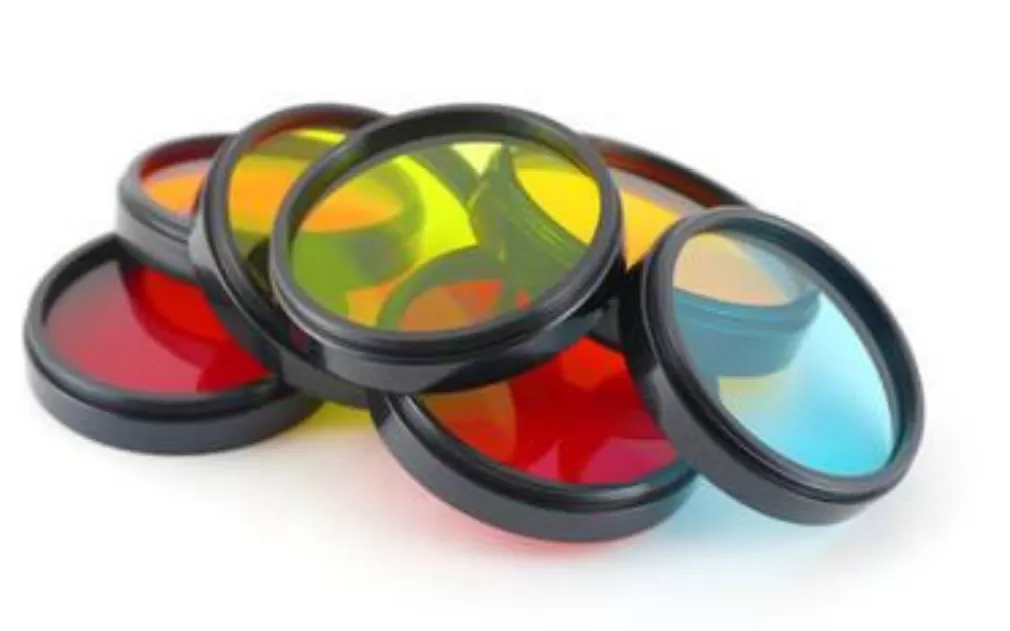


















 EN
EN

